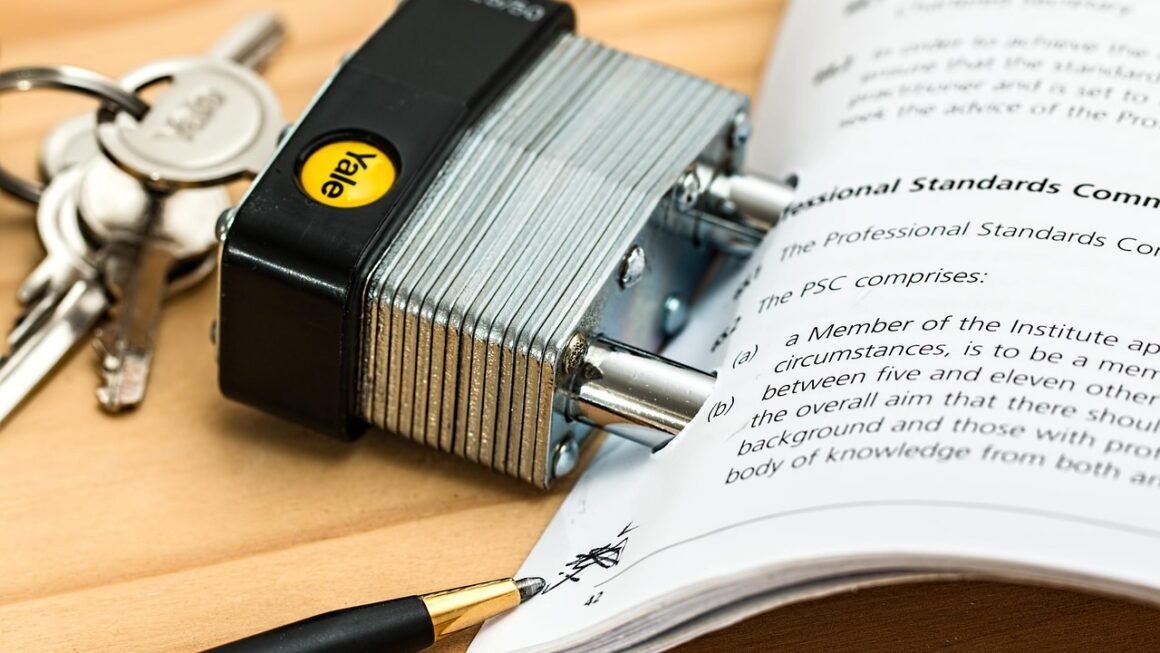Calculating your net worth might sound like something only millionaires worry about, but it’s actually a vital financial health check for everyone, regardless of income. Understanding your net worth provides a clear snapshot of your financial position, helping you track progress towards your financial goals, identify areas for improvement, and make informed decisions about saving, investing, and debt management. Let’s dive into the specifics of calculating and improving your net worth.
What is Net Worth and Why Does it Matter?
Defining Net Worth
Net worth is simply the difference between what you own (your assets) and what you owe (your liabilities). It’s a financial scorecard, reflecting your overall financial strength. A positive net worth indicates that your assets exceed your liabilities, while a negative net worth means you owe more than you own.
Why Track Your Net Worth?
- Financial Health Indicator: Your net worth is a key metric of your financial wellbeing, offering a clear picture of your current financial situation.
- Goal Setting and Tracking: Knowing your net worth allows you to set realistic financial goals (like retirement or buying a home) and track your progress over time.
- Debt Management: A healthy net worth can help you strategically manage and reduce debt. A higher net worth can allow you to consolidate debt, for example.
- Investment Decisions: Understanding your net worth helps you make informed investment decisions based on your overall financial position and risk tolerance.
- Early Warning System: Monitoring your net worth can alert you to potential financial problems early on, allowing you to take corrective action.
- Example: Imagine Sarah has $50,000 in assets (savings, investments, etc.) and $30,000 in liabilities (student loans, credit card debt). Her net worth is $20,000 ($50,000 – $30,000). This positive number suggests she’s in a reasonably good financial position. If, however, Sarah had $20,000 in assets and $60,000 in liabilities, her net worth would be -$40,000, indicating she needs to focus on debt reduction and asset growth.
Calculating Your Net Worth: A Step-by-Step Guide
Step 1: List Your Assets
Assets are anything of monetary value that you own. These include:
- Cash: Checking accounts, savings accounts, money market accounts, certificates of deposit (CDs).
- Investments: Stocks, bonds, mutual funds, exchange-traded funds (ETFs), retirement accounts (401(k), IRA), real estate, cryptocurrency.
- Personal Property: Vehicles, furniture, jewelry, collectibles (estimate fair market value).
- Important: Use realistic market values for your assets. For real estate, consider a recent appraisal or comparable sales in your area. For vehicles, use online resources like Kelley Blue Book or Edmunds.
Step 2: List Your Liabilities
Liabilities are your debts and obligations. These include:
- Loans: Mortgages, student loans, car loans, personal loans.
- Credit Card Debt: Outstanding balances on credit cards.
- Other Debts: Medical bills, unpaid taxes, other outstanding obligations.
- Important: Include the current outstanding balance for each liability. Review your statements or contact your lenders for accurate figures.
Step 3: Calculate Total Assets and Liabilities
Add up all your assets to determine your total asset value. Then, add up all your liabilities to determine your total liability value.
Step 4: Calculate Your Net Worth
Subtract your total liabilities from your total assets:
- Net Worth = Total Assets – Total Liabilities
- Example: John’s assets total $150,000, and his liabilities total $60,000. John’s net worth is $90,000 ($150,000 – $60,000).
Tools and Resources for Net Worth Calculation
- Spreadsheets: Create a simple spreadsheet using programs like Microsoft Excel or Google Sheets.
- Personal Finance Apps: Utilize apps like Mint, Personal Capital, or YNAB (You Need A Budget), which automatically track your assets and liabilities.
- Online Net Worth Calculators: Numerous free online calculators are available. Just search for “net worth calculator.”
Strategies to Improve Your Net Worth
Increase Assets
- Save More: Develop a budget and stick to it. Even small increases in savings can significantly impact your net worth over time. Automate your savings by setting up regular transfers to a savings or investment account.
- Invest Wisely: Diversify your investments across different asset classes (stocks, bonds, real estate, etc.) to manage risk and maximize returns. Consider consulting with a financial advisor.
- Increase Income: Look for opportunities to increase your income, such as asking for a raise, taking on a side hustle, or starting a business.
- Reduce Expenses: Identify areas where you can cut back on spending. Even small reductions in expenses can free up more money for saving and investing.
- Example: Instead of eating out three times a week, try cooking at home. This could save you hundreds of dollars each month, which can be invested and contribute to your net worth.
Reduce Liabilities
- Pay Down High-Interest Debt: Focus on paying down high-interest debt, such as credit card debt, as quickly as possible. Use methods like the debt snowball or debt avalanche.
- Consolidate Debt: Consider consolidating high-interest debt into a lower-interest loan, such as a personal loan or balance transfer credit card.
- Negotiate Lower Interest Rates: Contact your lenders and try to negotiate lower interest rates on your loans.
- Avoid Taking on New Debt: Be mindful of taking on new debt, especially for non-essential purchases.
- Example: If you have several credit cards with varying interest rates, consider consolidating the balances onto a single card with a lower interest rate. This can save you money on interest charges and help you pay off your debt faster.
Rebalance Your Portfolio
- Regularly review your asset allocation: Make sure your investments still align with your risk tolerance and financial goals.
- Consider tax-advantaged accounts: Maximize contributions to 401(k)s, IRAs, and other tax-advantaged accounts to grow your wealth more efficiently.
- Real Estate Strategy:* Evaluate if your current housing situation is optimal. Renting might be better if property taxes and mortgage payments are too burdensome. Or, if you own, consider if downsizing would free up capital.
Common Mistakes to Avoid
Ignoring Inflation
Inflation erodes the purchasing power of your assets over time. Factor inflation into your financial planning and ensure your investments generate returns that outpace inflation.
Underestimating Liabilities
It’s crucial to accurately assess all your liabilities. Overlooking even small debts can distort your net worth calculation.
Not Reassessing Regularly
Your net worth is a dynamic number that changes over time. Update your calculations at least annually, or even quarterly, to track your progress and make necessary adjustments to your financial plan.
Emotional Investing
Making investment decisions based on emotions rather than sound financial principles can lead to poor outcomes and hinder your net worth growth. Stick to a well-defined investment strategy and avoid impulsive decisions.
Neglecting Estate Planning
Estate planning, including wills and trusts, is essential for protecting your assets and ensuring they are distributed according to your wishes after your death. Without proper planning, a significant portion of your wealth could be lost to taxes or legal fees.
Conclusion
Calculating and monitoring your net worth is a powerful tool for achieving financial success. By understanding your current financial position, setting clear goals, and implementing strategies to increase assets and reduce liabilities, you can steadily improve your net worth and build a secure financial future. Remember, consistency is key. Regularly tracking your progress and making adjustments as needed will help you stay on track and reach your financial aspirations.



